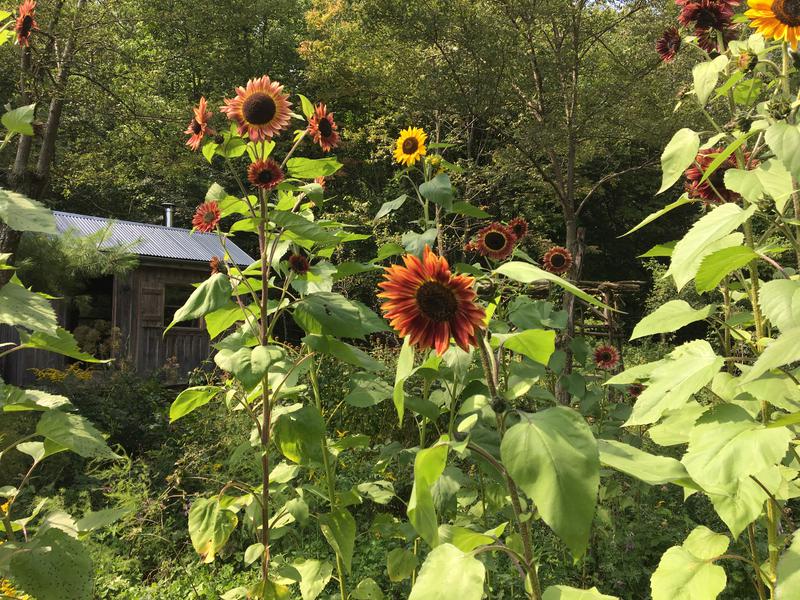

Why Bare Root Stock?
Trees and shrubs that start their life growing in the ground have roots that express their natural growth pattern. Conversely, if a plant is grown in a container, the roots tend to circle around the pot in search of nutrients and wind up crowding around one another in the limited space. Once the tree is planted in the ground, these circling roots will girdle other roots as they get larger. This disrupts the natural form of the plant’s root system for the rest of its life. Planting bare root stock gives the grower the chance to position the roots properly during planting. This ensures the long-term success of these long-lived beings.
As well as being better for the plant, bare root stock is also more cost effective. Containerized stock requires potting mix and extra labor to produce and this makes it more expensive. With bare root stock you avoid these costs.
The drawback to working with bare root stock is that the trees must be dug up and planted when they are dormant or don’t have any leaves. For us, this is from November to April. With snow and frozen ground, there isn’t a whole lot of time to do this. Despite this constraint, it is still very much worth it to work with the plants in this way.
